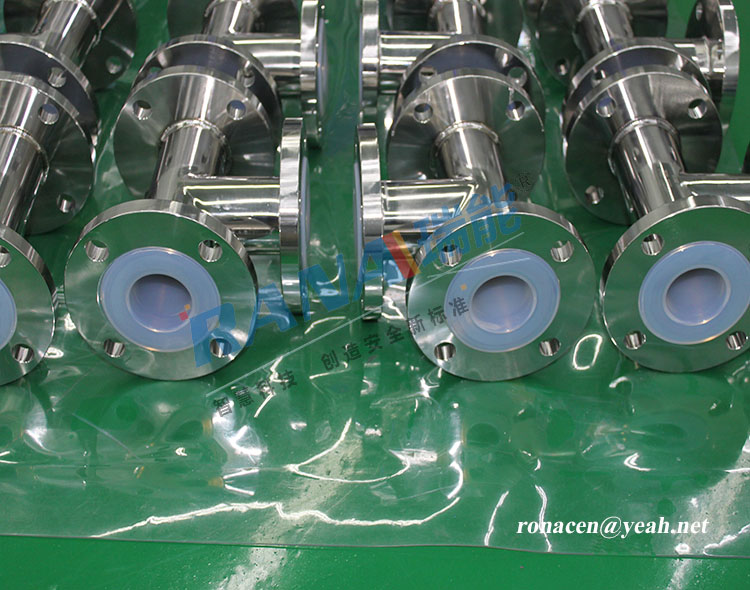Improve taxation policies for recycling resources
The new corporate income tax law, which came into effect on January 1 this year, introduces a preferential system focused on "industry incentives and regional benefits," with an emphasis on promoting technological innovation, resource recycling, energy conservation, pollution reduction, and environmental protection. In line with China's goals for sustainable development and efficient resource use, it is essential to develop taxation policies that support the circular economy. To meet the evolving needs of enterprise innovation and technological advancement, the tax system must be further refined in several key areas.
One important step is to reduce the value-added tax (VAT) burden on circular economy projects by shifting from a "production-type" VAT system to a "consumption-type" model. Maintaining a 17% tax rate under the consumption-type system will encourage companies to invest in technology upgrades and modern equipment. Expanding the scope of input tax deductions is also crucial—this includes allowing deductions for equipment investments, technology transfer fees, R&D expenses, and costs related to new product trials that support energy efficiency and waste reduction. Additionally, recyclable products made from industrial waste or emissions should qualify for tax rebates if they meet certain production scale requirements.
The environmental protection function of the consumption tax should be emphasized. Taxes should be increased on non-recyclable materials, high-resource-consuming products, and goods that cause severe environmental damage. Conversely, low-energy vehicles using renewable energy sources should benefit from reduced tax rates or exemptions. Products that are resource-efficient, recyclable, or environmentally friendly should be exempt from consumption taxes.
Corporate income tax should play a more active role in encouraging resource recycling. Expenses related to purchasing energy-saving and eco-friendly equipment, as well as R&D costs for such products, should be deductible before income tax. Income generated from producing pollution substitutes or utilizing resources comprehensively should be tax-exempt. Energy-efficient vehicles, buildings, and retrofitting projects should also receive tax incentives, including reductions, exemptions, accelerated depreciation, pre-tax deductions, and technology investment credits.
Reforming the resource tax is another priority. All non-renewable resources and those at critical reserve levels should be included, and the tax collection method should shift from specific levies to ad valorem taxation to increase the tax burden. Tax incentives should be provided for products made from alternative materials. The vehicle taxation system should be reformed, replacing current charges with a vehicle ownership tax and introducing a fuel tax based on consumption levels. Higher fuel taxes for high-consumption vehicles, along with differentiated rates for gasoline and diesel, can help curb the use of polluting fuels.
Improving the business tax system to promote technological progress is also necessary. Exemptions and concessions should be offered to businesses engaged in energy-saving technology development, technology transfer, and related consulting and service activities.
Environmental protection tax should target units and individuals involved in producing harmful products or discharging pollutants. A differential tax rate system should be implemented, with zero rates for industries supporting sustainable resource use and green development, and higher punitive rates for polluters.
Finally, establishing a "green tariff" system will help protect the environment by imposing heavy taxes on imported products that harm the ecosystem. This will improve the quality of imports and prevent the transfer of pollution through international trade. Chinese companies should be encouraged to establish overseas raw material supply bases and jointly develop needed products. Export tariffs on high-energy, high-pollution, and resource-based products should be raised to limit domestic resource outflows.
RANA commits to offering high-quality fluoroplastic and fluoropolymer PTFE, PFA Lined Pipes and fittings, such as lined pipe, lined tee, Lined Cross and lined reducer for each customer, RANA prides on helping your company to improve the production efficiency, reducing cost losses and increasing profits.

Lined Tee,Teflon Lined Tee,PFA Lined Tee,Ptfe Lined Equal Tee, PTFE Lined Reducer Tee, Tee Lined PTFE, PTFE Lateral Tee, PTFE Instrument Tee
JIANGSU RANA FLUORINE MATERIAL TECHNOLOGY CO., LTD , https://www.ranatank.com